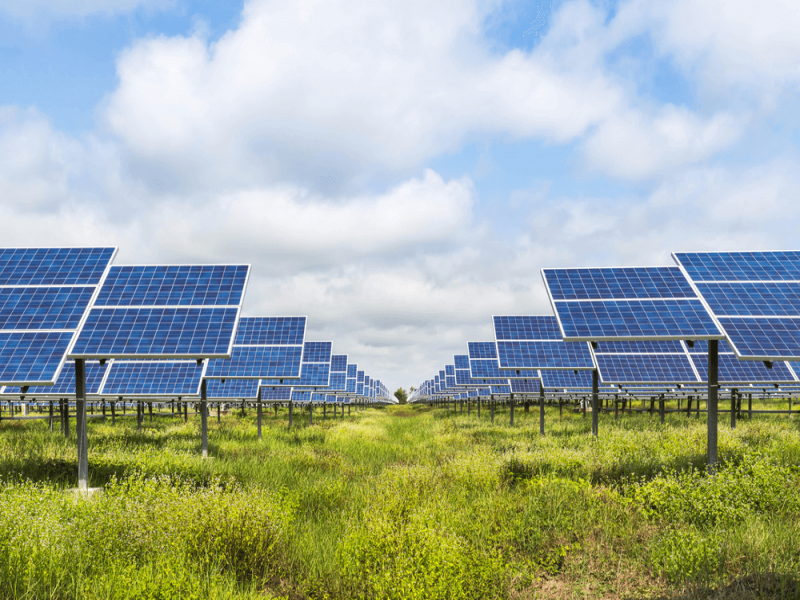Blog
- Home
- Blog

According to the recent report of the International Energy Agency (IEA), India’s primary energy demand will double by 2040, surpassing China’s energy demand. Even though India’s installed energy capacity is 314GW, there is still a shortfall of 1.4% in October 2018. Considering the limited reserves of fossil fuel, switching to solar energy is the right decision.
As the International Energy Agency (IEA) report proposes, India is expected to be the second-largest coal producer in the world to satisfy the energy need. As a result, the climate has not just been affected, but also continuously degrading. Now for the country, there is an extreme need of making aggressive changes to support the decision of switching to solar energy.
Current Situation
Perceiving the benefits, it has now become the race to make countries’ mainstream energy grid solar powered. PV (Photovoltaic) project auctions in the emerging markets grown by 4.5 times within 2013-17. Green energy (especially solar) adoption is expected to promote almost 400% renewable energy growth within 2040. In this race, India needs to make genuine and faster efforts in leading the solar revolution.
However, obtaining the advantage of solar opportunity mainly depends on building solar panels manufacturing scale. E.g., China has achieved the top position of global solar supplier by building solar manufacturing scale and encouraging the domestic solar panel and cell manufacturer. Manufacturing scale has benefited them to control the solar manufacturing and selling cost. This advantage has brought China revenue investment, created jobs and promoted technological and industrial growth.
Similarly, India has also initiated taking steps towards the same direction by encouraging the domestic solar panel and cell manufacturers. The “Make in India” initiative had the potential to encourage the domestic manufacturing.
Problems faced by India for the demand of solar Manufacturing :
The Future
It seems that the current Indian government has been making genuine efforts to encourage the domestic manufacturing in terms of solar panel manufacturing as well. The government also keeps trying to make people aware about the importance of green energy (Solar power, Wind power, Hydropower. etc.).
In 2019, after adding the new solar capacity, India’s installed solar capacity will reach at about 38 GW by the end of the year. India is intended to add nearly 16GW of clean energy capacity in 2019. Also, the current government of India has set a goal of producing 100GB of solar capacity by 2022.